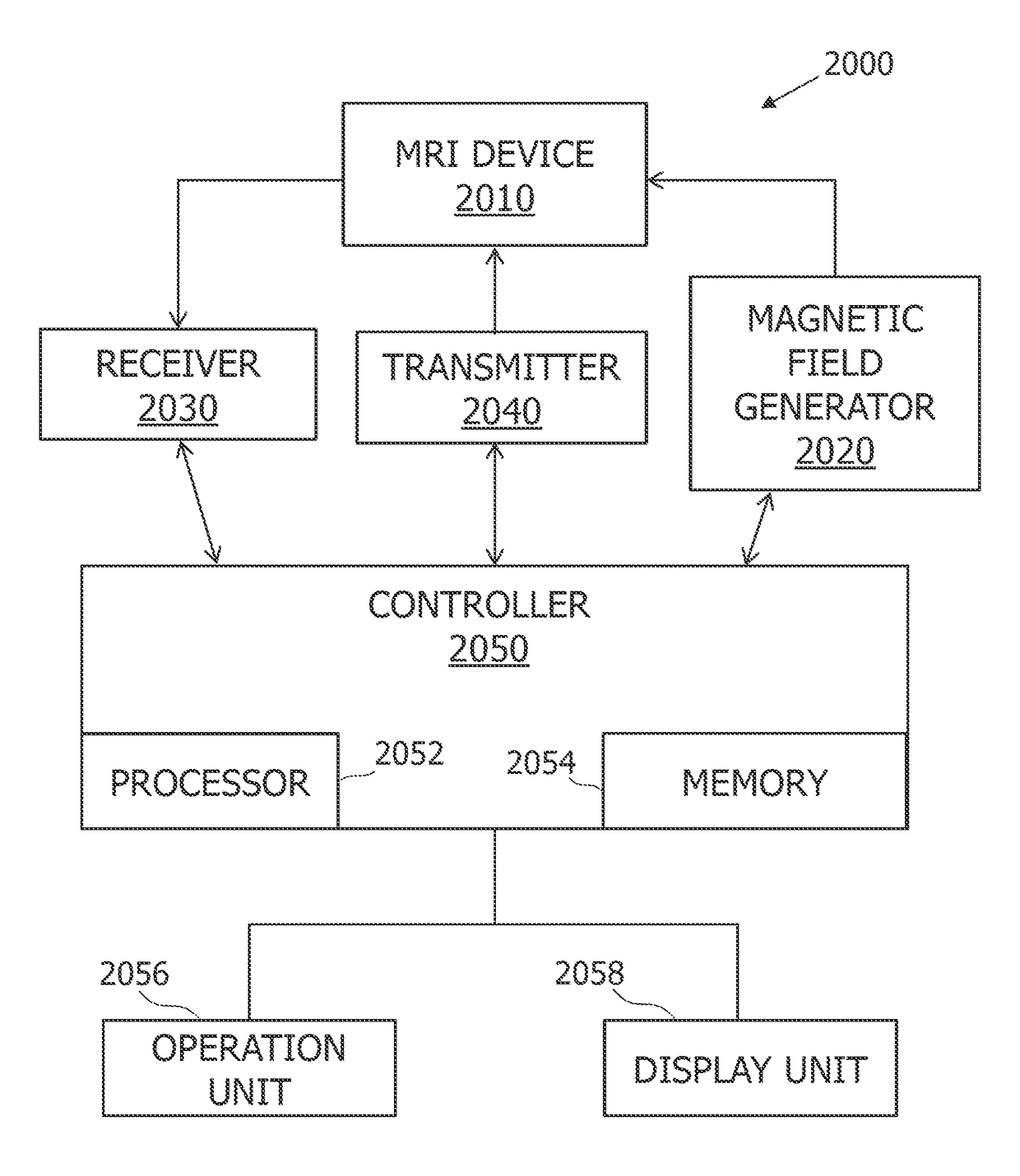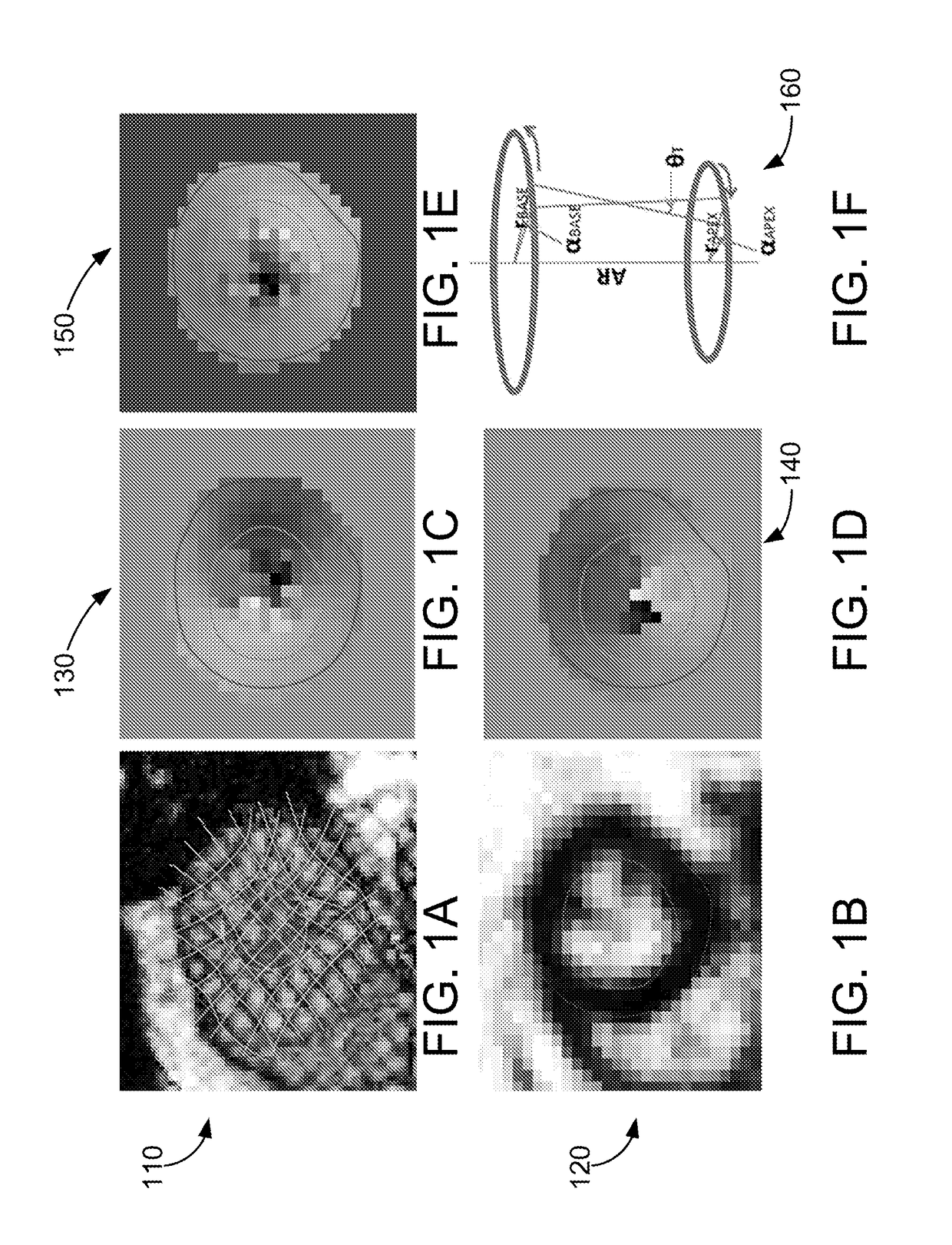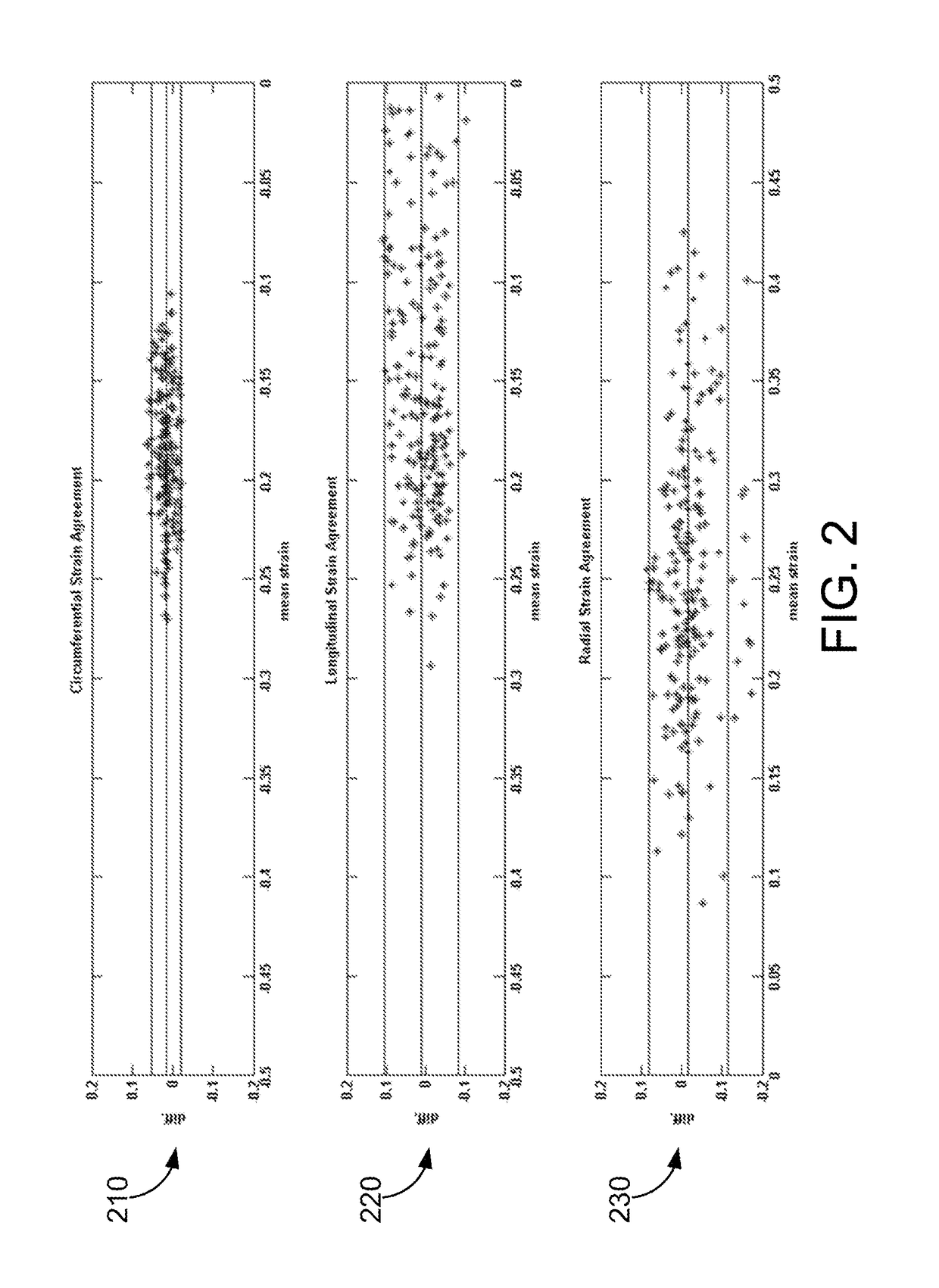Systems and methods for measuring cardiac strain
a technology of cardiac strain and system, applied in the field of magnetic resonance imaging (mri) of regional myocardial function, can solve the problems of inconvenient operation for operators and subjects, inability to accurately measure the duration of mri operation, and low spatiotemporal resolution of tmri compared to other mri techniques
- Summary
- Abstract
- Description
- Claims
- Application Information
AI Technical Summary
Benefits of technology
Problems solved by technology
Method used
Image
Examples
Embodiment Construction
[0046]Systems and methods are provided herein for analyzing myocardial contractility using displacement-encoded MRI techniques. MRI data collected from an MRI device is encoded with phase information. The phase information is associated with displacement data of a myocardium. The MRI data is segmented to focus on a region of the myocardium. The phase information is “unwrapped” from a 2π interval to decode the displacement data for analysis. Based on the displacement data, cardiac strain analysis is performed. Cardiac strain analysis facilitates identification of myocardium health issues and understanding of myocardium operation. The systems and methods described herein are configured to reduce the time taken to collect and process MRI data from a patient to facilitate reduced operation time.
[0047]An MRI technique known as Displacement ENcoding with Stimulated Echoes (DENSE) was developed that directly encodes tissue displacement in the phases of complex images and enables direct det...
PUM
 Login to View More
Login to View More Abstract
Description
Claims
Application Information
 Login to View More
Login to View More - R&D
- Intellectual Property
- Life Sciences
- Materials
- Tech Scout
- Unparalleled Data Quality
- Higher Quality Content
- 60% Fewer Hallucinations
Browse by: Latest US Patents, China's latest patents, Technical Efficacy Thesaurus, Application Domain, Technology Topic, Popular Technical Reports.
© 2025 PatSnap. All rights reserved.Legal|Privacy policy|Modern Slavery Act Transparency Statement|Sitemap|About US| Contact US: help@patsnap.com



